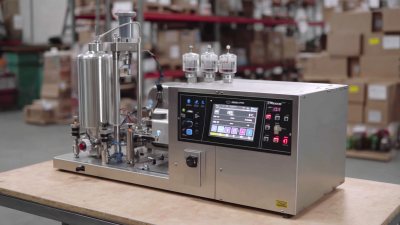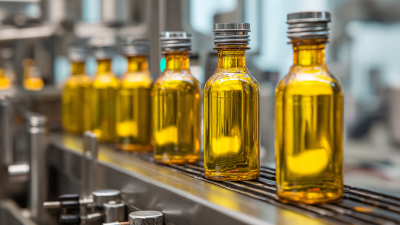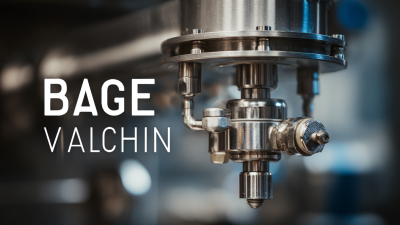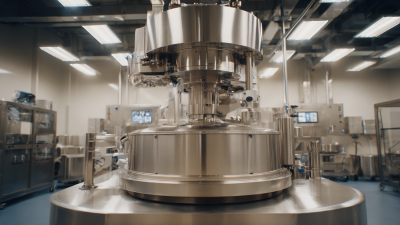
In the rapidly evolving landscape of manufacturing, the optimization of production lines plays a crucial role in maintaining competitiveness, particularly in industries reliant on Aerosol Filling Machinery. According to a report by Smithers Pira, the global aerosol market is projected to reach USD 53.8 billion by 2025, driven by the increasing demand across sectors such as personal care, household products, and pharmaceuticals.
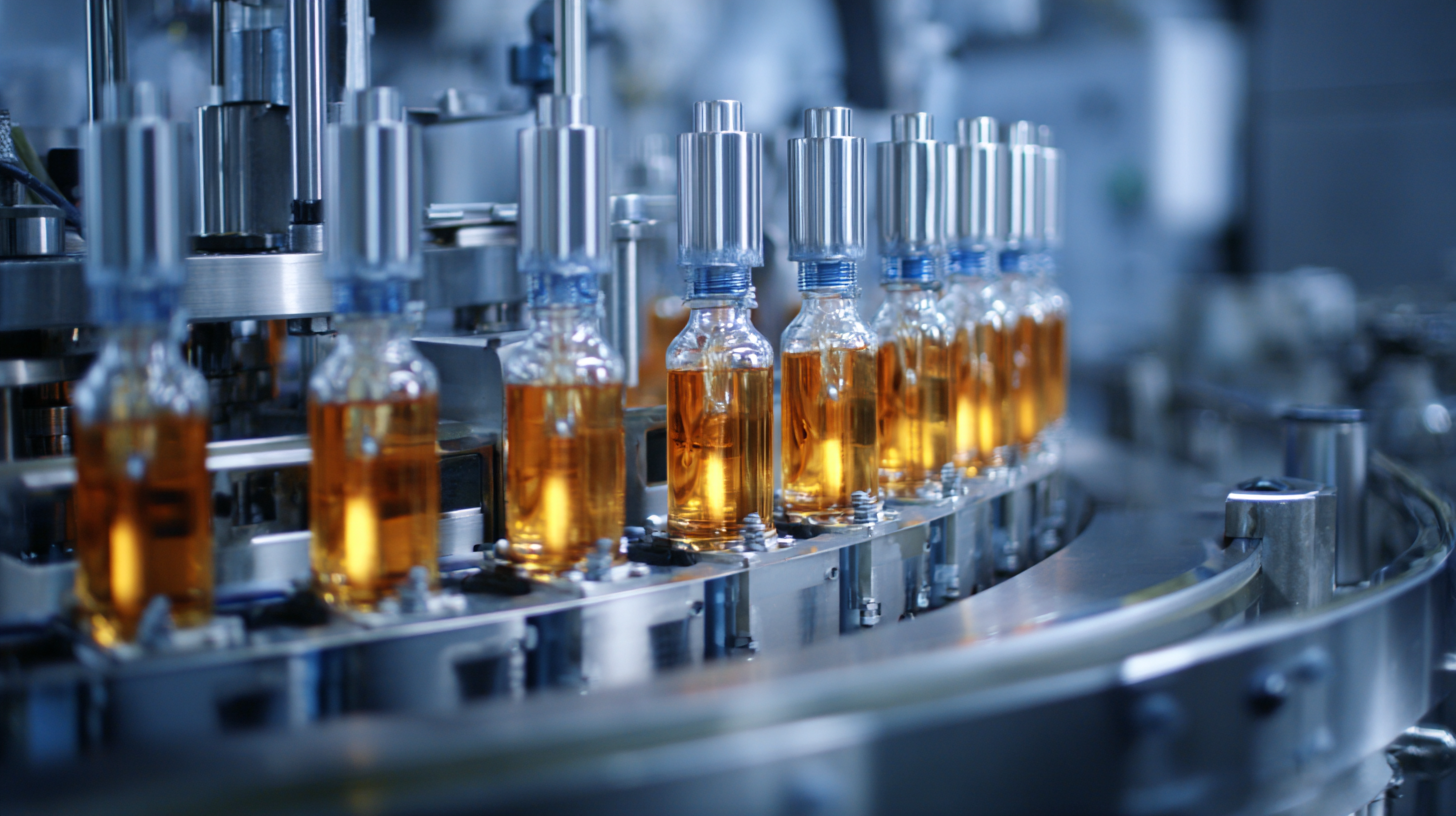
Efficiently integrating advanced aerosol filling systems can significantly enhance production efficiency, reduce waste, and ensure consistent quality, thereby meeting the rising consumer expectations in these sectors. As manufacturers seek to streamline operations and maximize output, understanding the intricacies of aerosol filling technology and its impact on overall production processes has never been more vital.
Emphasizing a strategic approach to optimizing these systems can lead to substantial gains in productivity and profitability.
Aerosol filling machinery has become a crucial component in modern production lines, especially as the market trends indicate significant growth. The projected size of the global aerosol filling machines market is expected to reach USD 2.95 billion by 2030, reflecting an impressive CAGR of 4.61% from the previous years. This growth is driven by innovations that enhance efficiency and streamline operations, making it imperative for manufacturers to understand the key features of these machines.
One of the primary features to consider is precision filling technology, which ensures that the exact amount of product is dispensed into each container. This not only minimizes waste but also improves product consistency, a vital aspect for maintaining brand integrity. Additionally, automation capabilities are essential for optimizing production lines; machines with advanced automation can significantly reduce labor costs and increase output. Features like easy integration with existing systems and user-friendly interfaces further enhance the operational efficiency of aerosol filling machinery, enabling manufacturers to adapt quickly to changing market demands. By focusing on these key attributes, companies can effectively optimize their production processes and keep pace with the growing market.
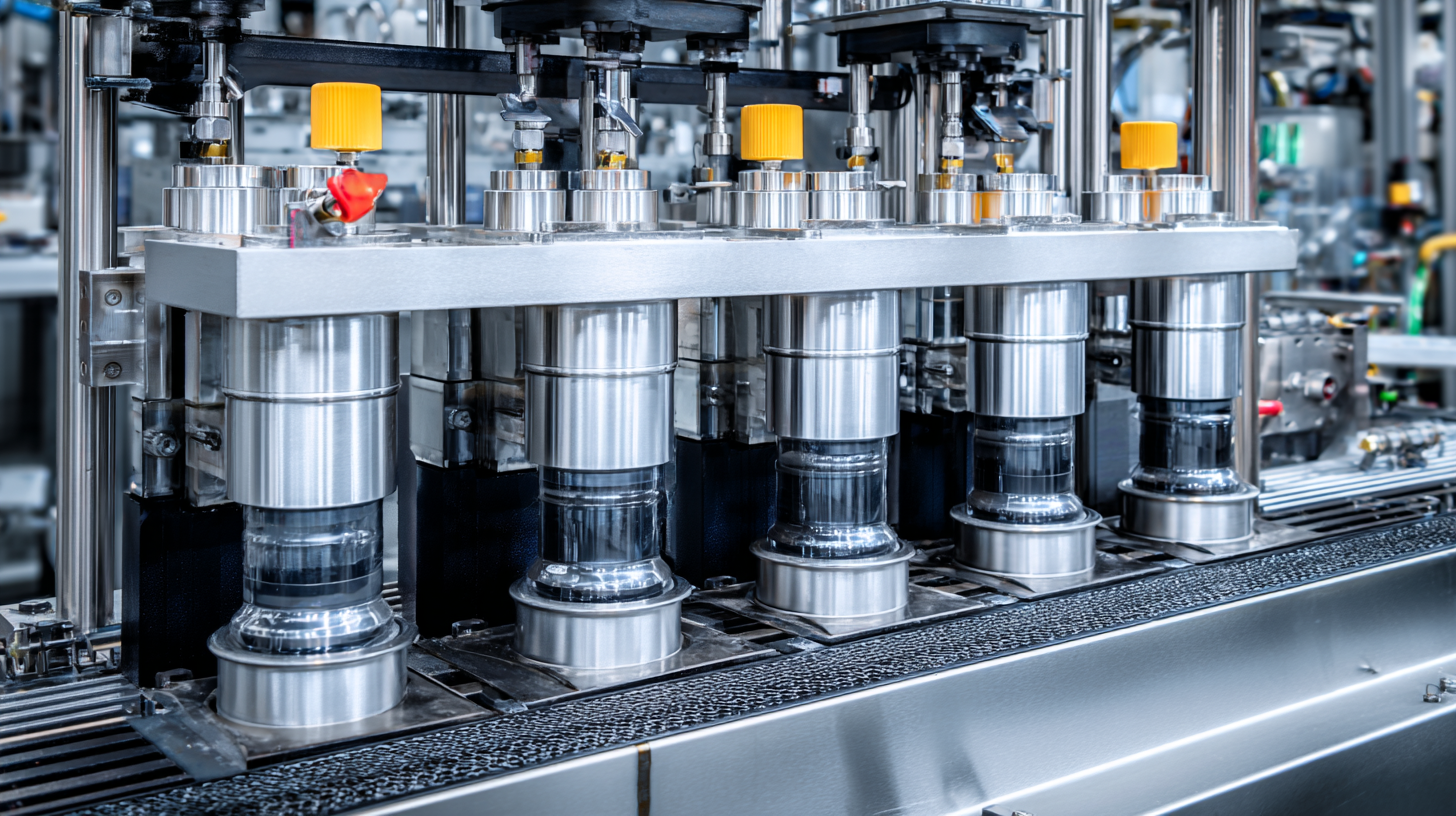
Assessing production line needs is crucial when considering the integration of aerosol filling machinery into manufacturing processes. According to a report by Smithers Pira, the global aerosol market is projected to grow at a CAGR of 4.6% from 2021 to 2026, driven by the increasing demand for personal care and home care products. To effectively meet this growing demand, companies must evaluate their unique production requirements, such as filling speed, product viscosity, and container specifications.
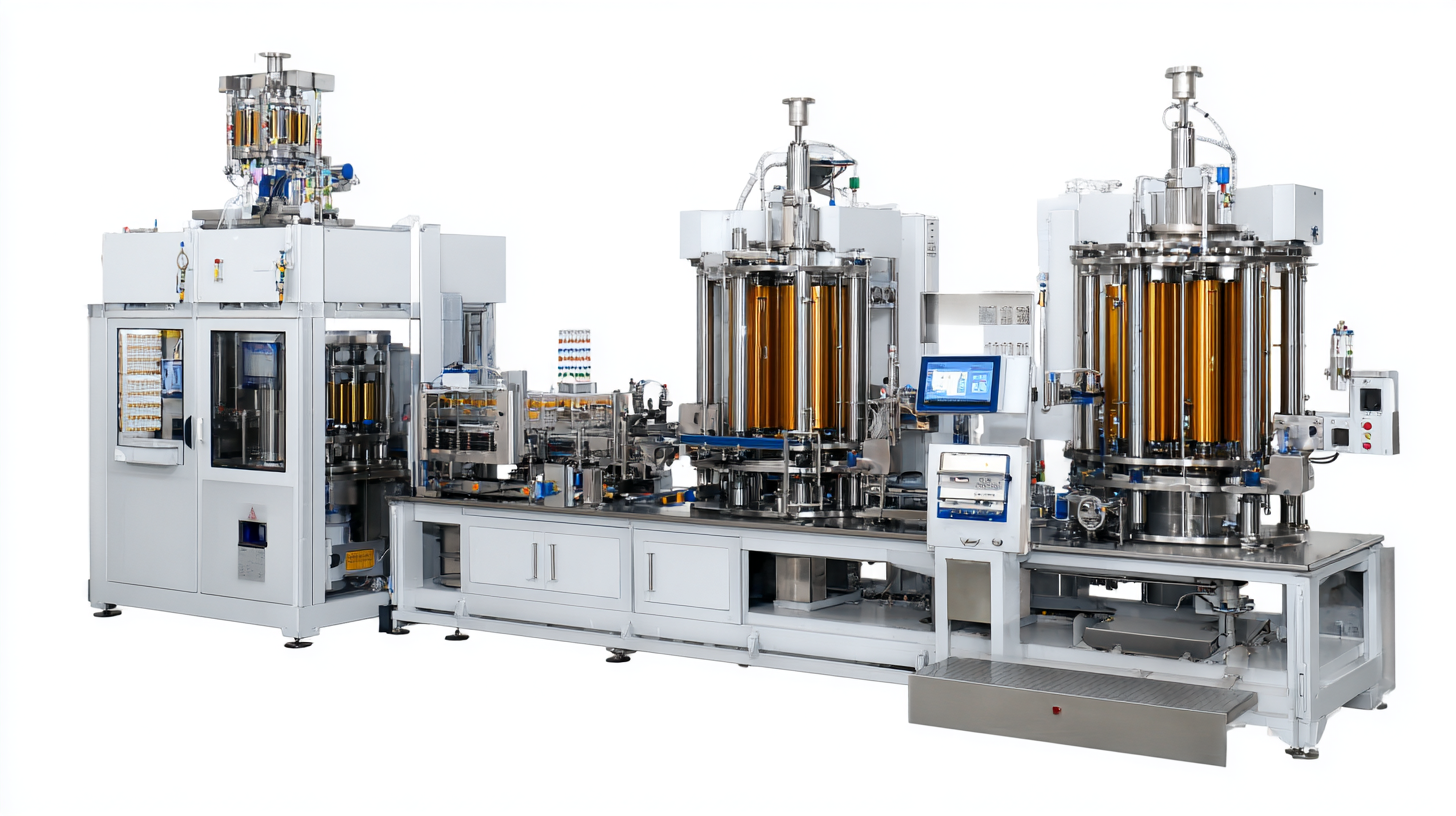
Understanding these production line needs helps in selecting the right aerosol filling machinery that not only enhances efficiency but also maintains quality. A machine with a filling speed of 150 containers per minute can dramatically increase throughput if the existing system only accommodates 60 containers per minute. Moreover, the compatibility of the equipment with various aerosol formats, as indicated by a study from Market Research Future, is essential for flexibility and scalability as product lines evolve. Organizations that invest in machinery tailored to their specific needs can minimize downtime and maximize output, ultimately strengthening their competitive edge in the aerosol industry.
Optimizing your production line with aerosol filling machinery requires a keen focus on best practices for efficient operation and maintenance. Implementing routine maintenance schedules is crucial. Regularly checking components such as nozzles, pumps, and valves can prevent unexpected downtimes and ensure the machinery operates smoothly. Keeping a detailed log of maintenance activities also aids in identifying patterns that may indicate potential issues, allowing for proactive measures to be taken.
Tips for efficient operation include training staff on the latest techniques and safety protocols. Well-trained employees can significantly reduce errors and improve overall productivity. Additionally, incorporating automation where possible can streamline processes. Automated systems can handle repetitive tasks, increasing consistency in the filling process and minimizing human error.
Another essential aspect is to monitor the production line's performance metrics. Analyzing data related to throughput, waste, and downtime can provide insights into areas needing improvement. Investing in software that tracks these metrics in real-time can aid in making informed decisions, aligning operational practices with the company’s goals for efficiency and productivity.
Maximizing output in aerosol filling operations requires a strategic approach to line layout and workflow optimization. According to a recent report by MarketsandMarkets, the aerosol filling machinery market is projected to grow at a CAGR of 5.6%, driven by increasing consumer demand for packaged goods and performance improvements in production technology. By intelligently arranging machinery and workflow, companies can reduce bottlenecks and enhance efficiency, allowing for higher production rates without sacrificing quality.
One effective strategy involves the implementation of lean manufacturing principles, which emphasize waste reduction throughout the production process. By analyzing workflow and equipment placement, manufacturers can minimize unnecessary movements and streamline operations. A study by the International Journal of Production Research found that optimized layouts could increase operational efficiency by up to 20%, significantly boosting output. Additionally, integrating automation technology can further enhance these efficiencies, facilitating faster changeovers and reducing downtime, as reported by a 2022 IndustryWeek analysis. Proper alignment of these elements not only maximizes output but also enhances overall production reliability.
Upgrading aerosol filling machinery can significantly enhance the efficiency of a production line, but evaluating the cost-effectiveness and return on investment (ROI) are crucial steps in this process. First, one must assess the current production capacity and identify bottlenecks that impede performance. This analysis can help determine whether the investment in new machinery will lead to improved output and higher quality standards. By calculating potential savings in labor costs and waste reduction, businesses can establish a clearer picture of the financial benefits.
Furthermore, the initial costs associated with acquiring new equipment must be weighed against the long-term gains. Conducting a thorough ROI analysis allows companies to project how quickly they can recoup their investment through increased production rates and reduced operating costs. Monitoring metrics such as production cycles, error rates, and maintenance expenses post-upgrade will provide essential data to evaluate the success of the investment. Companies should also consider the potential for enhanced product features and market competitiveness that come with modernized machinery, contributing to overall profitability.
This chart illustrates the cost and production efficiency before and after upgrading aerosol filling machinery. The bar represents the associated costs while the line demonstrates the improved production efficiency achieved through the new equipment.

